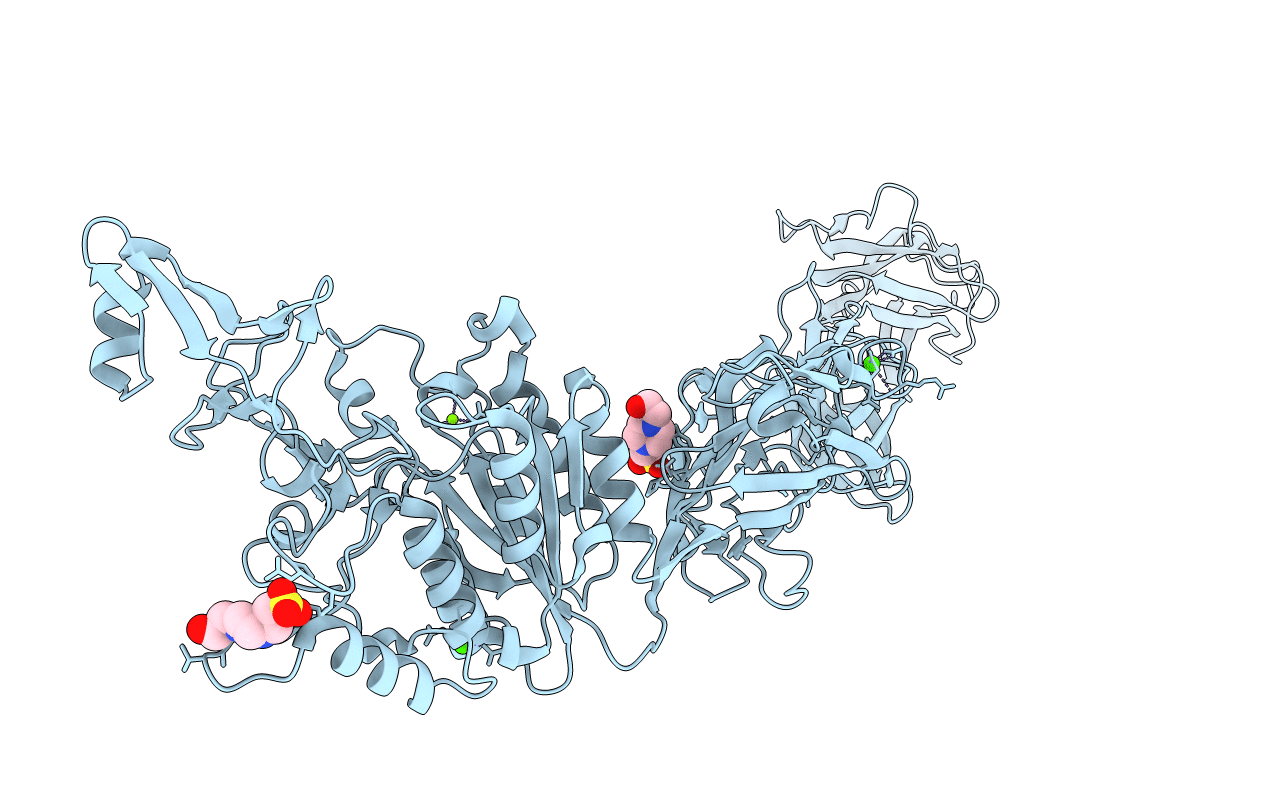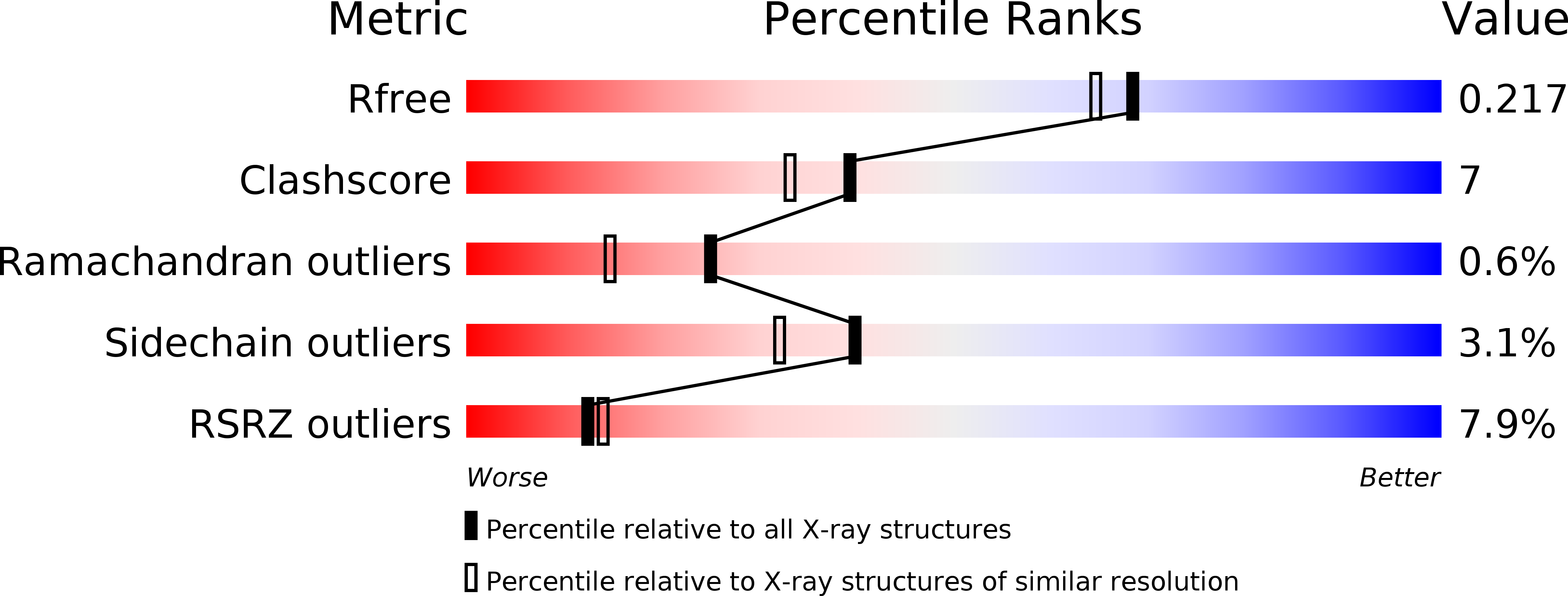
Deposition Date
2009-10-22
Release Date
2010-01-19
Last Version Date
2024-10-16
Entry Detail
PDB ID:
2WW8
Keywords:
Title:
Structure of the pilus adhesin (RrgA) from Streptococcus pneumoniae
Biological Source:
Source Organism:
STREPTOCOCCUS PNEUMONIAE (Taxon ID: 1313)
Host Organism:
Method Details:
Experimental Method:
Resolution:
1.90 Å
R-Value Free:
0.23
R-Value Work:
0.19
R-Value Observed:
0.19
Space Group:
P 21 21 21


